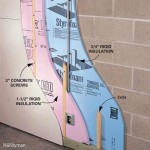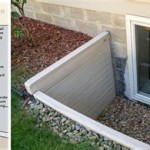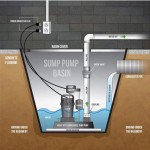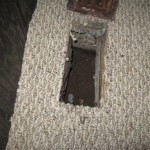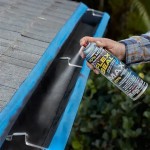What To Do After Basement Floods: A Comprehensive Guide
Basement flooding is a stressful and potentially damaging event. Here's a comprehensive guide to help you navigate the aftermath effectively:
Safety First
Ensure your safety before entering the flooded basement. Turn off the main electrical panel and gas supply to prevent electrocution or fires. If water is above your ankles, contact a professional for assistance.
Assess the Damage
Once it's safe, assess the extent of the damage. Document flooded areas, damaged appliances, and any structural issues. Take photos or videos for insurance purposes.
Remove Standing Water
Use a wet/dry vacuum or submersible pump to remove standing water. If the water level is high, consider hiring a pump truck for faster removal.
Dry Out the Space
Create airflow by opening windows, doors, and using fans. You can also rent a dehumidifier to accelerate the drying process. Remove wet carpets, drywall, and other water-damaged materials promptly.
Clean and Disinfect
Once the basement is dry, clean and disinfect all surfaces thoroughly. Use a bleach solution (1 cup bleach to 5 gallons of water) to kill mold and bacteria.
Repair Structural Issues
If the flood caused structural damage, contact a licensed contractor for repairs. This is crucial to ensure the integrity and safety of your home.
Inspect Appliances
Check all appliances and electrical components for damage. If they have been submerged in water, they should be professionally inspected and tested before use.
File an Insurance Claim
Report the flood to your insurance company promptly. Provide documentation of the damage and submit a claim form. Keep all invoices and receipts for repair and cleaning expenses.
Prevent Future Floods
Consider implementing flood prevention measures, such as installing a sump pump, backflow valve, or French drain. Regularly clean gutters and downspouts to prevent water accumulation.
FAQs
Q: How long does it take to dry out a basement? A: Drying times vary depending on the extent of the flooding and the weather conditions. It can take several days to weeks.
Q: Can I use my own pump to remove water? A: Yes, you can use a wet/dry vacuum or submersible pump. However, if the water level is high, it's advisable to hire a professional pump truck.
Q: When should I call a contractor? A: Contact a licensed contractor if you suspect structural damage, such as cracks in walls or ceilings, or any electrical or plumbing issues.

Tips For Handling Water In Your Basement Zoeller At Home

3 Step Clean Up Plan After Your Basement Floods Waterproof Com

Flooded Basement Cleanup Who To Hire And Steps Take Bob Vila

How To Clean A Flooded Basement Reviews By Wirecutter

Water In Your Basement What To Do And Who Call Forbes Home

Handling Basement Flooding And Prevention

How To Clean A Flooded Basement News And Events For Systems Inc

Flooded Basement Cleaning Rapid Water Extraction Drying Service

6 Simple Ways To Prevent Basement Flooding American Dry

What To Do If The Basement Floods A Step By Guide
See Also


